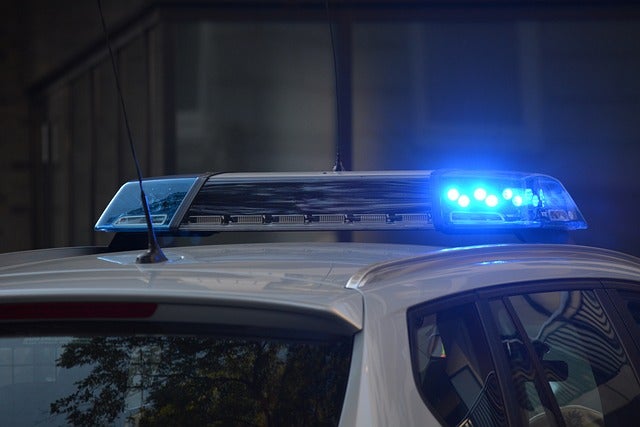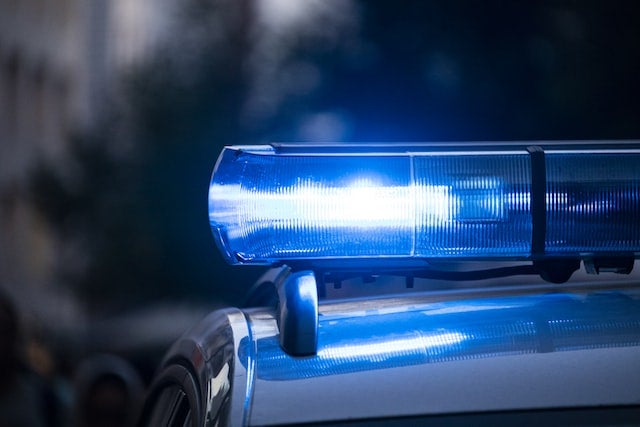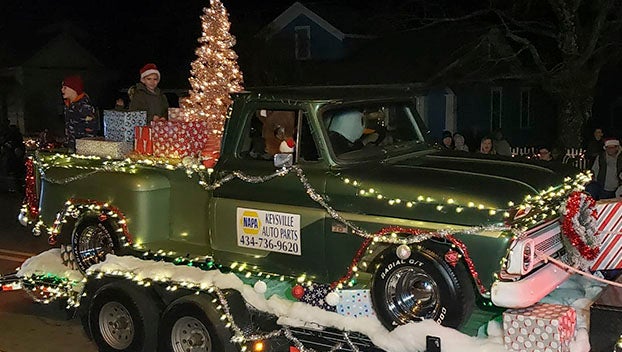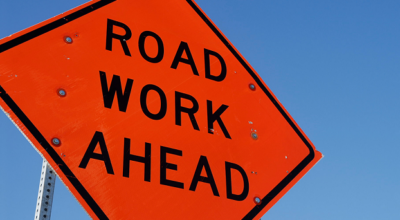Speed study details issues around two Charlotte County schools
Published 10:21 am Friday, September 20, 2024
|
Getting your Trinity Audio player ready...
|
On a given 5-day work week, 3,849 people drive by Phenix Elementary. Out of that number, during the first week of May, 2,021 committed speeding violations, according to a speed study done by Blue Line Solutions. The group presented their report to the Charlotte County Board of Supervisors on Wednesday, Sept. 11.
Charlotte County Sheriff Randy Grissom had reached out to Blue Line earlier this year, asking them to come in and do some speed studies. At Phenix, the group monitored drivers from 7:30 a.m. to 4 p.m. at the school, separating into three different segments. They monitored drivers in the “pre-school” session from 7:30 a.m. to 8:30 a.m., the “in-school” session from 8:30 a.m. to 3 p.m. and then the “after-school” period from 3 p.m. to 4 p.m. The overwhelming majority of drivers came through while school was in session and as a result, that’s also when just over half of the speeding violations, 1,075, took place.
“First thing we do is capture the volume of traffic that is coming by that school while school is in session,” said Randy Campbell. He’s a retired sergeant with the Virginia State Police, now working with Blue Line. “Then we pare it down and capture the number of speeding violations 10 miles an hour or greater during the flashing beacon times, when it’s an active school zone.”
Based on the data they collected, the violations didn’t involve just one or two miles over the speed limit. A total of 789 went 15 to 20 mph over the limit, while 481 were more than 21 mph over the posted limit of 25 mph.
A different story at RH
The second study done by Blue Line was at Randolph-Henry High, where they found dramatically fewer speeding violations. During the first week of May, 10,789 people drove by the school. But out of that number, only 736 were caught speeding. Also, unlike at Phenix Elementary, the fewest speeding violations happened between 8:30 a.m. and 3 p.m., while school was in session. Only 92 speeders were caught during that timeframe over the entire week. A total of 300 speed violations were found before school and 344 happened after school.
Also unlike at Phenix, the majority of violations were just 11 to 14 mph over the posted limit. Not even 3% were more than 14 mph over.
Speed study raising questions
Gary Walker pointed out that Blue Line’s speed study numbers in terms of daily and weekly drivers nearly doubled the traffic count recently done by the Virginia Department of Transportation (VDOT). He was skeptical of the data. And he wasn’t the only one.
“I just find it amazing that over 10,000 people went by Randolph-Henry in five days,” said supervisor Hazel Smith. “That’s over 2,000 people a day going by Randolph-Henry. I just find that number amazing.”
If you added current students, teachers and staff together, it wouldn’t add up to 50% of that daily total from the study. Smith also questioned the data for Phenix, as that would mean 800 people a day went by the school.
“I wouldn’t have thought 800 people went through Phenix in a 24-hour period,” Smith said.
Speed study part of larger suggestion
Blue Line wasn’t just at the meeting to present the speed study. They were suggesting that Charlotte County become the latest client of their speed camera program. That would mean installing speeding cameras around the two schools. The cameras identify if someone is speeding, then that person gets a $100 ticket. Blue Line’s proposal was that for every ticket, $75 would come back to Charlotte County. Blue Line would get $25. However, as supervisors asked questions, they learned even if someone doesn’t pay the $100 fine, Charlotte would be responsible under this plan to give Blue Line their $25 share, essentially taking it out of the county’s pocket.
Blue Line said they would also start out with 30 days of public information, letting people know what’s happening and encouraging them to slow down.
“The object isn’t to create revenue, it’s to change driver behavior,” Campbell told the board. He pointed out that Blue Line averages at least a 90% decrease in school zones where they set up cameras.
What does the sheriff say?
Sheriff Randy Grissom was asked if he believed these numbers were reflective of how many people go through Charlotte Court House.
“I would say so,” Grissom said.
He added that in asking Blue Line to do the study and present this about the cameras, he was just trying to do his job.
“My main concern is for the safety of them kids and the people of Charlotte County,” Grissom said. “I got elected to protect and serve and I’m gonna protect everybody, especially our kids and our staff at the schools.”
Grissom said supervisors might be surprised by the number of complaints he gets from residents, asking him to crack down on speeding in school zones.
“I’m not doing this to try and take money out of somebody’s pocket,” Grissom said. “I’m not doing this to make the county money.”
Supervisors acknowledged that too many people speed around school zones. But the majority just weren’t accepting of the numbers, saying they still couldn’t wrap their mind around why these counts were double what VDOT said.
“I think this warrants some additional conversation with the sheriff as far as how to proceed,” supervisor Walt Bailey said. Other supervisors agreed, so no action was taken. No agreement was made about speeding cameras.






